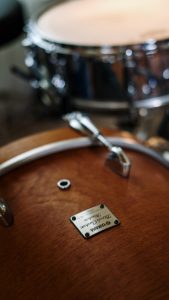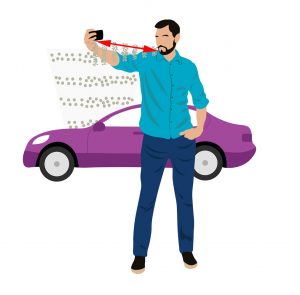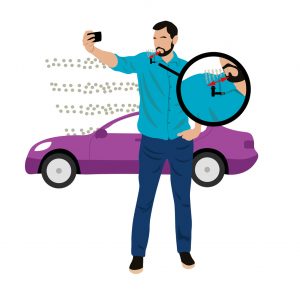We may think recording audio is easy because most devices come with a mic built-in. However, we don’t consider things like quality, and impact. We highlight a few things in this blog you may want to consider when recording your own audio, to make sure you get the best sound for your social media.
The Sound of Music
It’s hard to imagine but sound is created when air particles move and are condensed and retracted in specific ways. Musical instruments take advantage of this fact. Think about the hollow interior of a guitar chamber, a piano, or a drum. In each of these examples, a particular material is struck and the resulting reverberating sound is further moulded by the shape and material of the guitar, piano, or drum.



There’s no doubt about it – sound spreads. The diagram below shows how speech is basically energy moving through the air, with one group of particles hitting another. We call this acoustical energy.

Sound Spreads
It is this spreading sound we’re capturing when we record audio. So where we position our microphone has a big impact on the quality of sound we capture.
Think about an omnidirectional mic of the type found in a smartphone. It’s designed to capture sound from all around, so when you’re holding it at arm’s length to film yourself, you’re still close enough to be heard by the mic, but the 50cm of air between your mouth and the mic will diffuse the sound.

The resulting sound captured by the mic on your phone will sound more diluted and of course, any background noise will also be captured making it difficult for the listener to pay attention to you.
Recording Audio
Of course, if you were to use a dedicated microphone close to the main source of audio, the resulting audio you capture will be cleaner of background noise, and your voice will sound more direct and present. Which is want you want to get the best sound for social media. Listen for your self with the audio test below. The recording directly compares an iPhone 7 audio recording with and without a microphone:

The bottom line is that it’s always better to use a mid-quality mic for video recording than non at all. Sign-up to our newsletter, using the link in the footer, to receive more #ProTips direct in your mailbox. As well as checking out our YouTube channel here!

